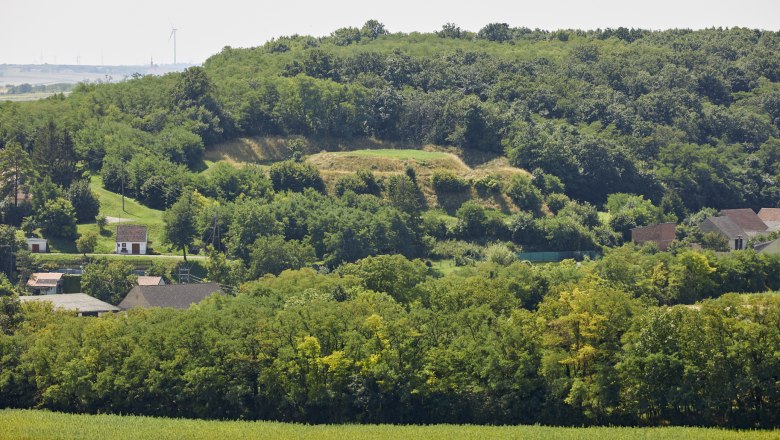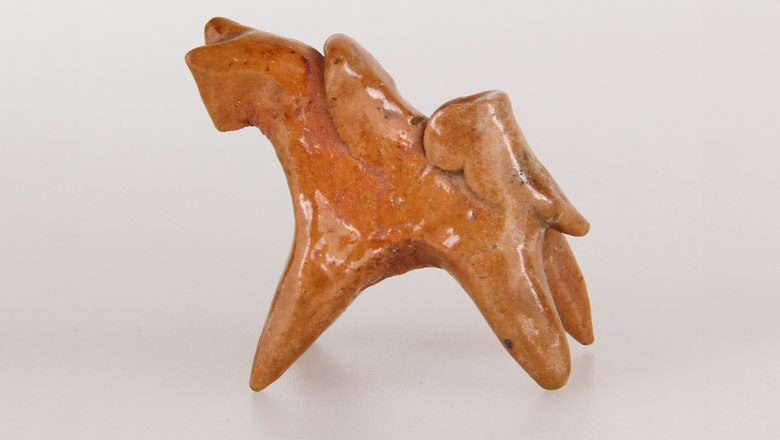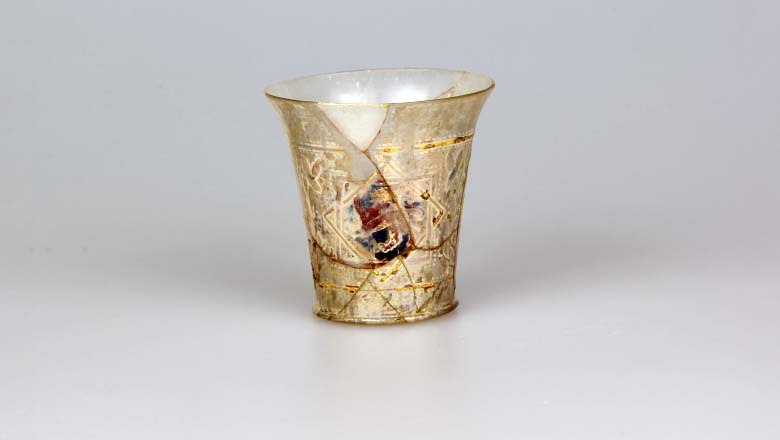The Hausberg in Gaiselberg
Historical sites
Description
The Hausberg in Gaiselberg, built from 1160 after the birth of Christ, is considered to be the best preserved and largest medieval fortification of its kind in the whole of Austria.
The term "Hausberg" or "motte" refers to a castle site on a hill that is partially or completely heaped up or cut out of the terrain. The often circular core structure may be protected by palisades and ditches as well as a bailey. The usually tower-shaped main building was made of stone ("fortified house") or wood and served as a representative residential and defensive building for the lords of the castle.
Fortifications with quality
The Gaiselberg hillfort was systematically archaeologically investigated between 1958 and 1972 under the direction of Fritz Felgenhauer. It is the largest and best-preserved local mountain in Austria. Its present appearance is characterized by a core structure with a triple rampart-ditch system. The excavations indicate that the earliest complex was built around 1160, probably by the Kuenringers. Around 1240, the complex was extended further and now consisted of a triple ring wall and a "fortified house" with stone foundations. These structures even survived a fire that broke out around 1400. The complex served as the seat of the Kuenringers until 1350.
A knight's seat for 350 years
Weapons, riding equipment, play dice for leisure activities, an artistically painted glass beaker, which was probably made in Syria, and a small clay lance horse are evidence of the knightly lifestyle of the aristocratic inhabitants of the Gaiselberg. The lance horse is part of a tournament toy, as depicted in illustrations in manuscripts. By analyzing the find material, especially the pottery finds, it was possible to determine and date the settlement in three main phases.
It was not until around 350 years after the construction of the complex, at the beginning of the 16th century, that the "Feste Haus" was demolished and the castle abandoned. Today, the Hausberg is owned by the municipality of Gaiselberg.



